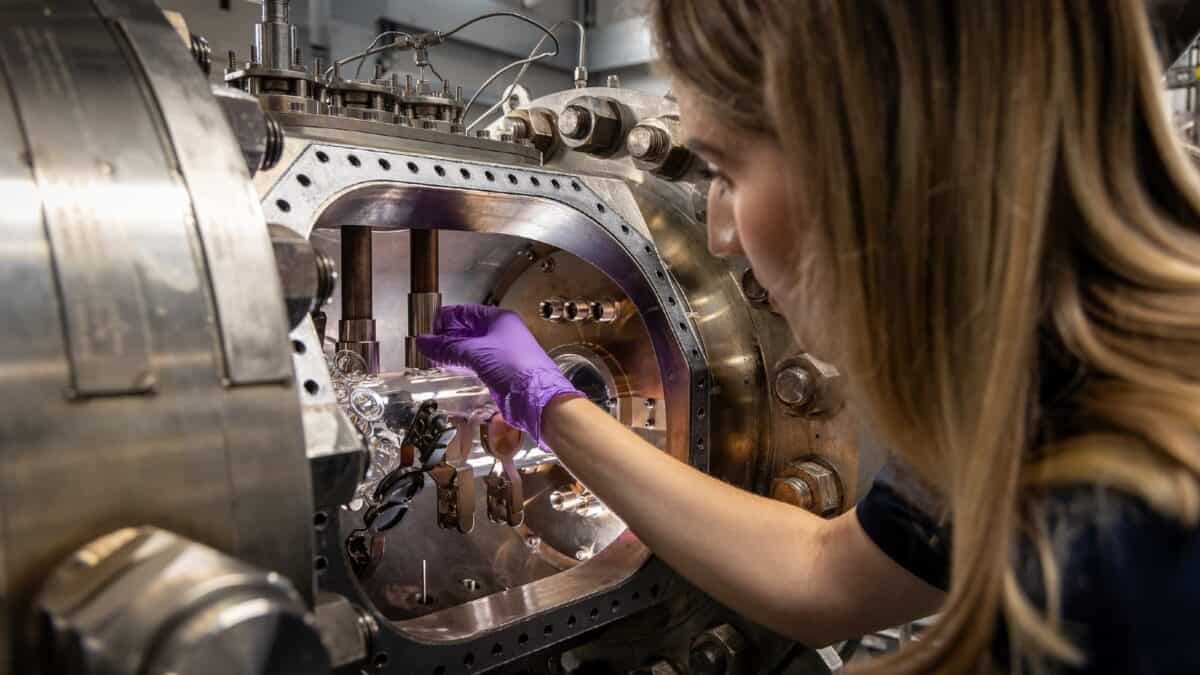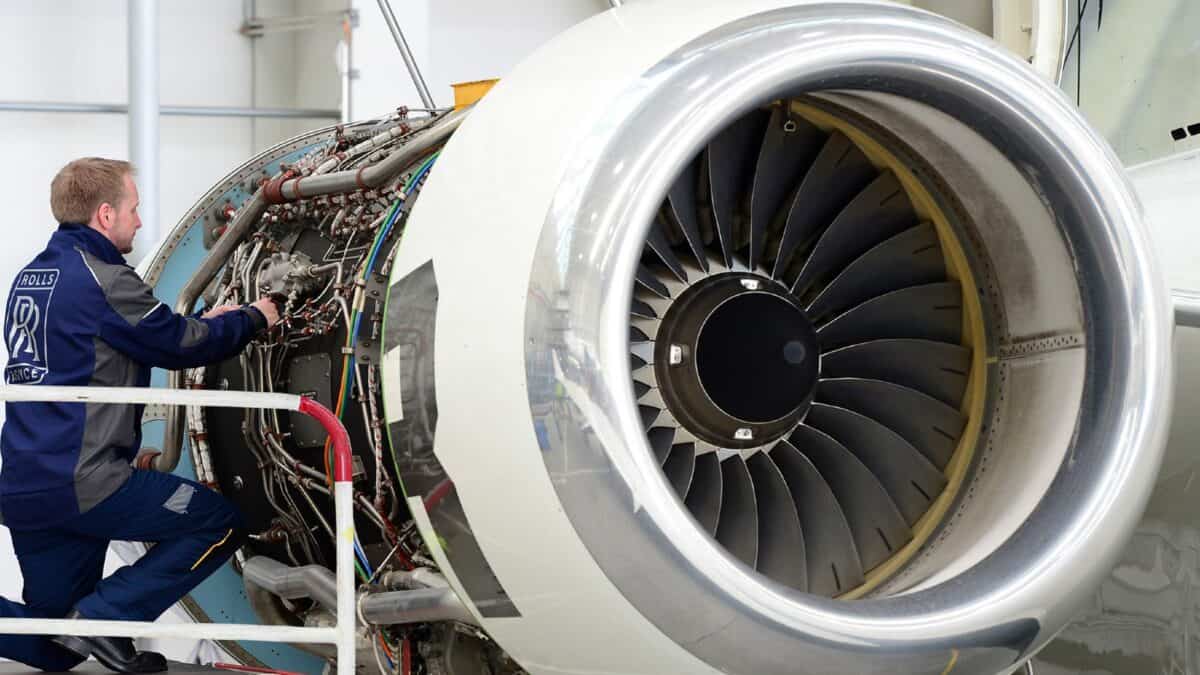Image source: Rolls-Royce plc
Since May 2023, the Rolls-Royce (LSE:RR.) share price has risen by over 175%. And there are no signs this incredible rally is slowing.
If it replicates its performance over the past 12 months — during which time it’s increased by an average monthly rate of 9.2% — then it’ll end 2024 at 809p!
However, I don’t think there are many investors out there — even the company’s biggest fans — that expect its share price to nearly double before the end of the year.
And there are a myriad of factors that could affect its valuation. I’m going to take a closer look at probably the most important of them all — earnings.
Chart by TradingView
The bottom line
During the year ended 31 December 2023 (FY23), the company reported underlying earnings per share (EPS) of 13.75p.
At first glance, the stellar run in the company’s share price means its stock looks expensive to me. It trades on 27 times historic (FY23) earnings. Compare this to, for example, that of RTX, the world’s largest aerospace and defence company, which has a price-to-earnings (P/E) ratio of 20.
But looking further ahead, the stock appears to offer better value.
‘Expert’ opinion
Analysts’ consensus is for Rolls-Royce’s EPS to increase over the next four years – 15.8p (FY24), 19.1p (FY25), 22.6p (FY26) and 26.5p (FY27).
If the FY27 forecast is correct, the forward P/E ratio is 16.
There are no hard and fast rules when it comes to valuing companies. But, in general terms, an earnings multiple closer to 30 is more likely to be associated with a technology firm.
Engineering firms would tend to have a P/E ratio nearer 20.
Rolls-Royce would probably argue that it’s a hybrid of the two. In its 2023 annual report, the word ‘technology’ appears 84 times and ‘engineering’ is used on 51 occasions.
By taking a four-year view, it could be argued that the company’s shares are actually undervalued. Applying a multiple of 20 to its FY27 EPS of 26.5p implies a share price of 530p – a 21% premium to where it is today. I think this is a realistic target for the end of 2024.
But there are risks.
No guarantees
Investors know that company forecasts can be wrong. It’s easy to set ambitious targets for revenue and earnings but it’s far harder achieving them.
The directors are aiming for £2.5bn-£2.8bn of operating profit by 2027. But they’ve warned that the path to increased earnings will be “progressive” but “not necessarily linear“.
This suggests there could be some bumps along the way. Any sign that the company isn’t on track to deliver its growth plans could send its stock lower.
And the analysts are expecting most of the growth to come from its civil aerospace division. They expect underlying operating profit to be £1.78bn by FY27 (FY23: £850m) with large engine flying hours increasing 43%.
We’ve seen how the aviation sector can be volatile, having been nearly wiped out by the pandemic.
But Rolls-Royce has an excellent reputation for quality. It’s also seeking to diversify into mini nuclear power stations and battery storage systems which should open up some new revenue streams over the longer term.
Overall, despite its recent great run, I still think there’s some value left in the Rolls-Royce share price.
Credit: Source link














